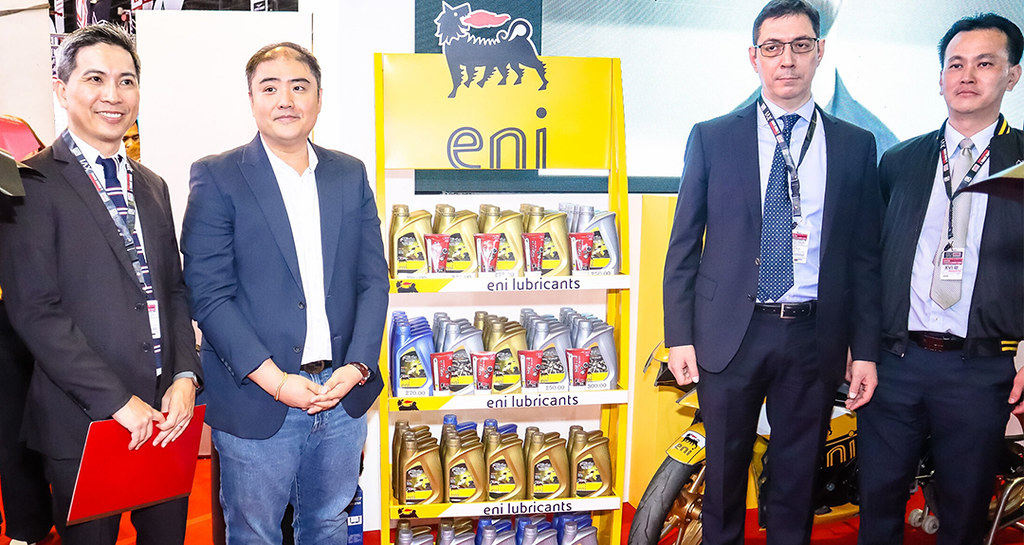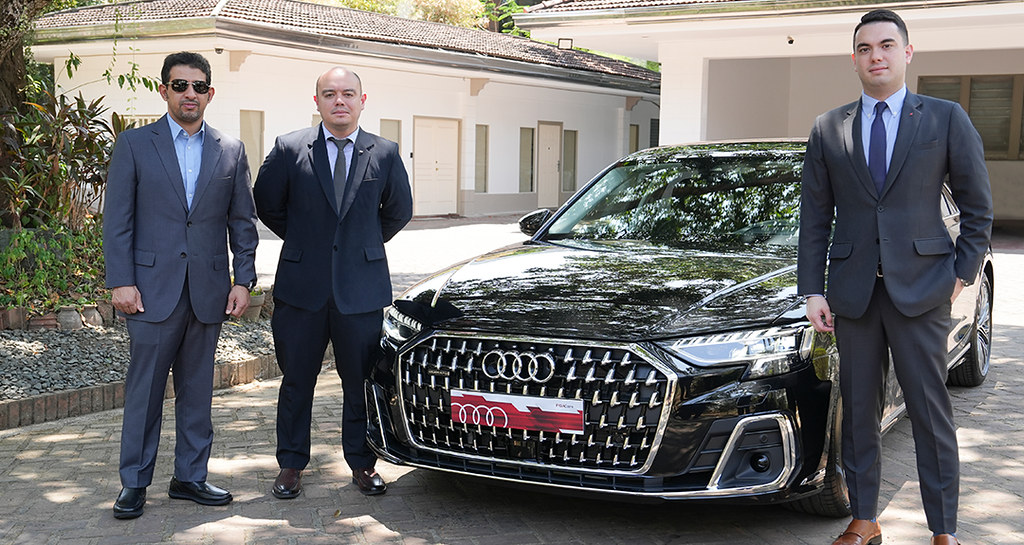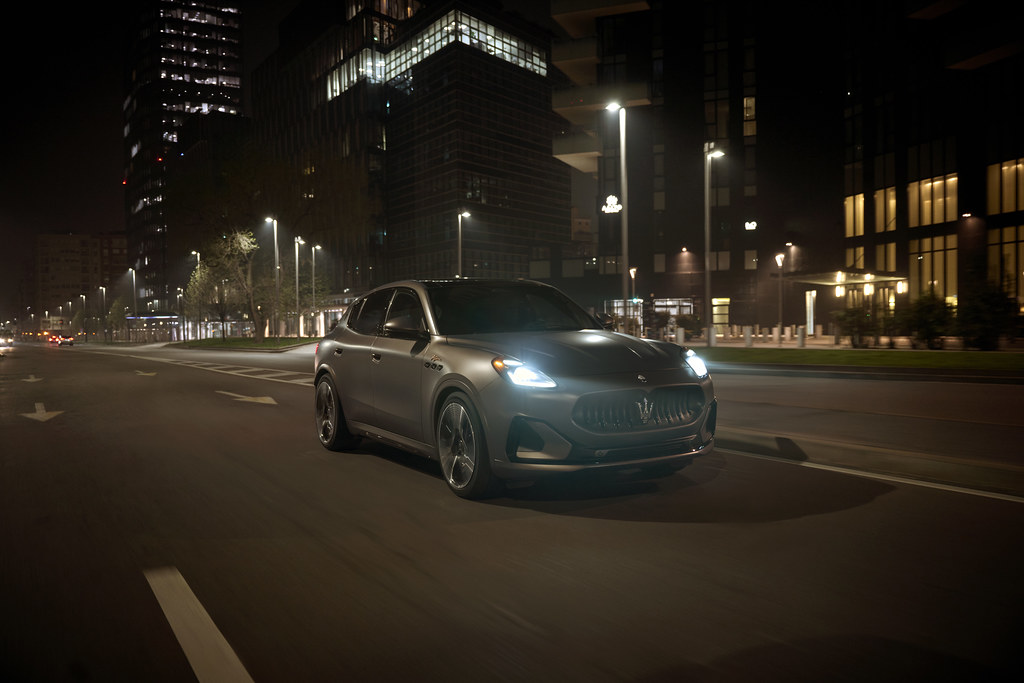Hokkaido, Japan—I think bringing out some inner joy was part of the agenda when the Mazda HQ in Japan thought of sending over journalists from the tropic of Southeast Asia to the icy island of Hokkaido—rated as the place with the greatest amount of annual snowfall in the world.
It was a mission to have us experience something new, exciting, and a little unnerving—learning how to drive in the snow! Frankly, I had never done that, as I never had to. But if it was a snowy sortie, then Hokkaido was the way to go. Fortuntely, Mazda had its own proving ground within the icy town of Kenbuchi, in the Kamikawa Subprefecture of Hokkaido, Japan.
The Mazda Kenbuchi Proving Ground is unique in that it is not a Mazda-owned property. It is in fact, a site that is leased from the community during winters only. It operates for about 30-50 days within the heavy winter season, is 4.7 million square meters in area, and runs about 12 major driving courses within its borders. Simply put, it is an area where Mazda developers put their cars to the test in snow and ice. It is one of the ultimate places for experts to test Mazda vehicles’ performance against extreme weather challenges—in a natural setting.
I still thought it was rather unconventional to show Southeast Asians what it was like to drive in the snow; after all, despite worsening climate change, we don’t expect to see snow in our respective countries any time soon. But everything started to make more sense when the Japanese engineers explained how this was merely a more extreme demonstration of how Mazda’s i-Activ intelligent technologies come into play.
Mazda engineers were proud to point out that what they feel is one of Mazda’s great breakthroughs is that it has managed to elevate its vehicles’ fuel efficiency to a higher level, while still satisfying stringent safety standards, all without stripping away the joy of driving.
For instance, we know that Mazda’s proprietary Skyactiv engine boasts among the best fuel efficiency ratings within the internal combustion engine realm; and the Japanese have now introduced Mazda’s i-Activ AWD (all-wheel drive). What i-Activ AWD does is provide more secure road grip (and hence, a safer ride) by splitting the torque from the engine between all four wheels at all times.
The denotation is usually that, with AWD, it usually involves a heavy and complicated system… and hence, worse fuel efficiency. Mazda now wishes to shatter this stereotype by offering an i-Activ AWD system with breakthrough fuel efficiency figures. The secret lies with the car technology’s ability to recognize, judge, and operate on the situation.
Mazda’s i-Activ AWD hosts 27 sensors within the car that help it determine important conditions: how slippery it is; what is the vehicle’s current condition (traction of each wheel, etc.), and what the driver is trying to do. The technology then applies its Slip Prediction Detection System (a world’s first), and instantly calculates and finds the required torque, and distributes them, according to the relevant road surface, driver’s operation, and current vehicle condition. It does all this automatically, as a driver assist, and at a speed of about 200 times per second. That is to say that the vehicle gets to recognize a situation about 20-30 times, during a blink of an eye.
‘No wonder they were confident enough to allow us winter amateurs to drive in the snow!’ I thought. And it was not easy, too. It felt like driving in a dirt rally, but more slippery. I also learned that strangely, melted snow is very sticky; its consistency becomes similar to that of mud!
The Japanese engineers were also quick to point out that driving at about 40kph over snow is equivalent to driving at about 200kph on a dry, normal road—you can easily lose control. So the secret is really to drive slow enough to keep control—also considering that your braking distance has largely increased. That, and with the help of i-Activ AWD, you’ll have better chances of navigating safely through challenging snow.
Bottomline though, is that you can’t outdo nature. Always drive within your capability. Technologies are helpful, but it’s humans who cause accidents. And for more tropical relevance, we must remember that when asphalt is wet, slipperiness (compared to dry road) already doubles.
Finally, Mazda’s Kenichiro Saruwatari explained it simply when he said: “We want Mazda customers to smile when they are driving—even in extreme conditions! We have developers live out here in the harsh cold just so that they can drive the cars to develop more safety features.”

















